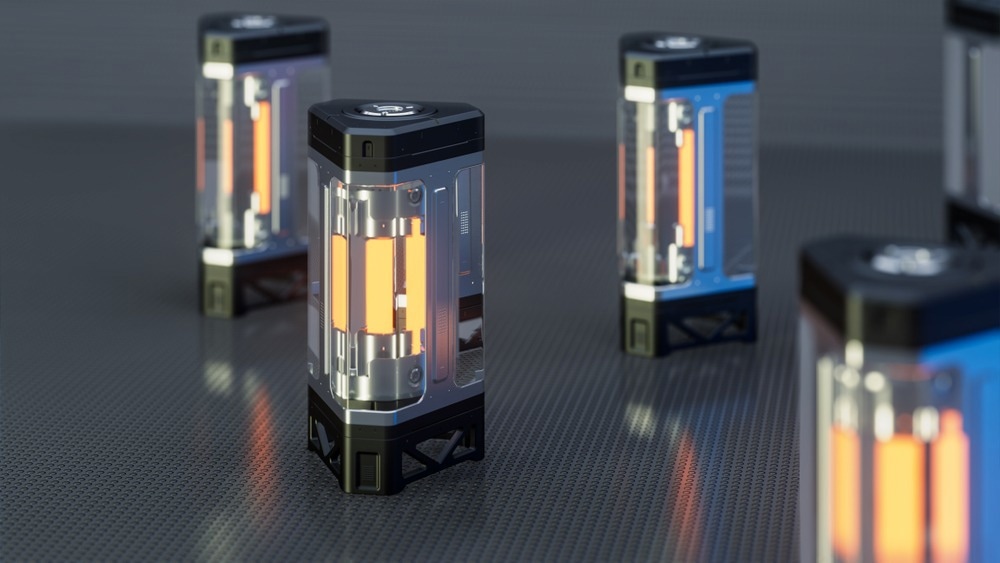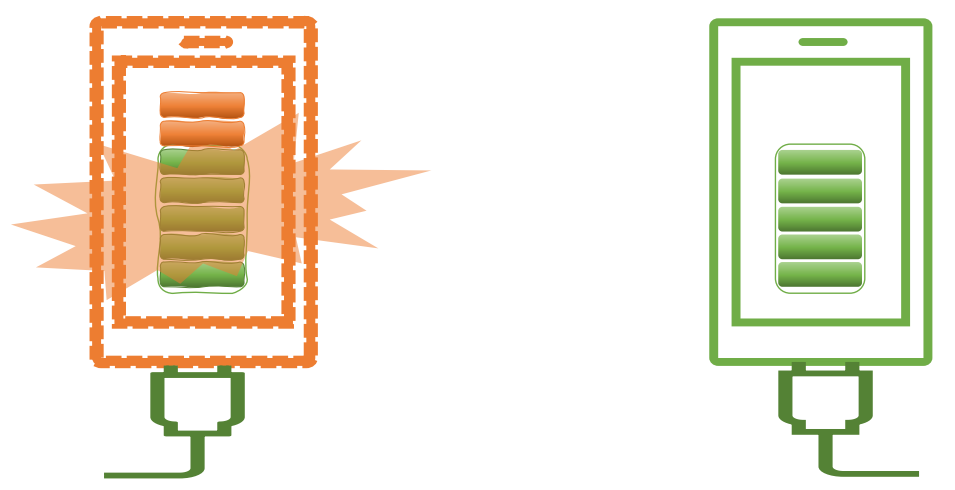Quantum technologies, or technological gadgets created by constructing and controlling quantum mechanical systems, have only recently become a reality. The most renowned example is undoubtedly quantum computers, in which the quantum mechanical counterpart, informally known as the qubit, substitutes the bit.

Image Credit: pinkeyes/Shutterstock.com
In contrast to conventional computers, quantum computers claim to employ the complete quantum mechanical properties of qubits to tackle and resolve computational issues that classical computers would be unable to handle.
For instance, the Canadian company Xanadu recently declared that its quantum computer was able to accomplish a computational problem that would have taken 9000 years using state-of-the-art supercomputers in just 36 microseconds.
Quantum technologies require energy to function. Over the past ten years, researchers have developed the concept of quantum batteries, which are quantum mechanical systems employed as energy storage devices.

Two examples of “quantum phones”, both charged by quantum batteries based on electromagnetic fields. On the left, a charging protocol not using a micromaser approach leads to uncontrolled battery charging with possible damages. On the right, a charging protocol based on micromasers is able to self-control the amount of charge deposited into the quantum phone. Image Credit: Institute of Basic Science
Scientists at the Institute for Basic Science’s Center for Theoretical Physics of Complex Systems (PCS) in South Korea were able to place strict limitations on the probable charging efficiency of a quantum battery.
They demonstrated that a collection of quantum batteries might greatly enhance charging speed when compared to a traditional charging methodology. This is due to quantum phenomena, which allow cells in quantum batteries to be recharged at the same time.
In spite of these theoretical advances, experimental quantum battery realizations are still limited. The only prominent recent counter-example used a group of two-level systems (quite similar to the qubits just mentioned) for energy storage, with the energy supplied by an electromagnetic field (a laser).
Given the current scenario, it is critical to identify new and more available quantum platforms to be utilized as quantum batteries.
With this goal in mind, scientists from the same IBS PCS team, in partnership with Giuliano Benenti (University of Insubria, Italy), recently decided to investigate a previously studied quantum mechanical system: the micromaser.
A micromaser is a mechanism that uses an atom beam to pump photons into a cavity. Simply put, a micromaser is a configuration specific to the experimental model of quantum battery indicated above. Energy is held in the electromagnetic field, which is recharged by a stream of qubits progressively engaging with it.
The IBS PCS scientists and their collaborators demonstrated that micromasers have properties that make them ideal models of quantum batteries.
One of the major issues with attempting to use an electromagnetic field to store energy is that the electromagnetic field could collect a large quantity of energy, possibly much more than required.
Using a basic analogy, this would be like a phone battery that, when plugged in, stays to charge endlessly. In this case, ignoring that the phone is plugged in could be exceedingly dangerous because there is no method to stop the charging.
Fortunately, the team’s numerical studies reveal that this is not possible in micromasers. The electromagnetic field quickly settles into a final configuration (officially known as a steady state), the energy of which can be calculated and decided a priori when designing the micromaser. This attribute protects against the hazards of overcharging.
Furthermore, the researchers demonstrated that the final configuration of the electromagnetic field is in a pure form, which indicates that it contains no memory of the qubits employed during charging.
This latter trait is very important when working with a quantum battery. It guarantees that all of the energy stored in the battery can be recovered and used whenever needed, without the need to keep records of the qubits consumed during charging.
Furthermore, it was demonstrated that these appealing traits are robust and are not lost when the specific parameters described in this study are changed. This characteristic is important when attempting to develop a genuine quantum battery because flaws in the construction process are just inescapable.
Remarkably, in a similar series of articles, Stefan Nimmrichter and his colleagues demonstrated that quantum effects could make the micromaser charging process faster than conventional charging. In other terms, they demonstrated the existence of the previously described quantum advantage when charging a micromaser battery.
All of these findings point to the micromaser as a possible new platform for the development of quantum batteries. The fact that these systems have previously been applied in experimental realizations for many years may provide a significant boost in the development of new approachable prototypes of quantum batteries.
To that end, the IBS PCS scientists and Giuliano Benenti are currently launching a collaborative effort with Stefan Nimmrichter and his colleagues to further investigate these intriguing models. This new study cooperation hopes to be able to ultimately benchmark and experimentally evaluate the efficacy of micromaser-based quantum battery technologies.
Journal Reference:
Salvia, R., et al. (2022) Quantum advantage in charging cavity and spin batteries by repeated interactions. Quantum Physics. doi.org/10.48550/arXiv.2205.00026